6 Dining Room Mistakes & How to Avoid or Fix Them

Eating together isn't just about getting fed. It's about community, connection, and sometimes a little bit of drama. From ancient feasts to modern family dinners, where and how we eat has literally shaped our relationships and our cultures.
If you believe our environment can change how we behave, stick around because I'm going to explain six common dining room mistakes I see people make often so you can avoid dining room design ideas that are just plain bad.
Table of contents
1. Bad lighting
This dining space is terrible. Why? Lights. In the dining room, your choice of light fixture, the color of the light bulbs, and the position of the light can be the difference between an awkward dinner party or a very very fun get-together.
Our ancestors huddled around fires drawn to the warm comforting glow. Fast forward a couple of thousand years and we're still doing the same thing, only instead of fire, we call it ambiance.
So the key point here is that your dining table should be basked in a pool of light instead of uniform lighting. Uniform lighting coming from one large overhead light is not a good idea. This is due to two reasons.
First, uniform light feels very unnatural to us.
Light that you find in nature is inherently uneven, whereas artificial light coming from big overhead lights is static, it doesn't move, so it doesn't feel good to be underneath this light.
The second reason is a pool of light that forms around the dining table creates a social circle, so anyone that's underneath this pool of light feels like they're part of a group.
2. Unsociable setup
If you're inviting people over to stare at your wallpaper, you are doing dining wrong. Why are the tables in this example pushed against the wall?
Why are the chairs facing away from the action?
You should never push your table against the wall or have the chairs facing the wall because the natural instinct is for us all to sit around in a circle facing each other.
When you go against that instinct, you're undermining the primary function of dining, which is to connect and converse with each other.
3. Transparent tabletop
You've heard the saying that what you see is what you get. Well, with a glass table, what you see is everything.
A glass tabletop might look really modern and elegant in a showroom, but at home in your real dining space, it can be quite visually chaotic.
Our brains are programmed to prefer order over chaos.
A transparent tabletop will show every piece of breadcrumb, dust, paw print, and even the messy table leg that's underneath.
A far more practical alternative would be materials that are opaque, such as wood, stone, or even metal. Your eyes and your cleaning supplies will thank you.
When it comes to the tabletop, it's also quite helpful to pick a material that has some texture and different color variations on the surface.
4. Uncomfy seats
I think if you have an interest in beautiful home interiors, you've probably seen the farmhouse bench.
It's hip, it's rustic, and it's really Instagrammable. But how enjoyable is it to sit on for an extended period of time? Having uncomfortable seating with nowhere to lean really distracts from the whole experience of eating, dining, and conversing because all you can think about is how you want to slouch and get a bit more comfortable.
So before you furnish your table with all these really cool benches and stools, give it a test sit first.
5. Wrong rug
Spatial perception plays a significant role in how we experience interiors. A rug that's too small can distort this perception and make your furniture look too big. Plus, there is the added annoyance of always moving your chair and rolling it over the edge of the rug and having it catch on the wheel or the leg.
So to avoid this pitfall, you should always measure your rug before you get it. Make sure that the rug extends at least 24 inches beyond each side of the table, and this will ensure that the chairs sit comfortably on the rug even when they're pulled out.
You should also consider the material of your rug quite carefully. While things like sheepskin and wool are super luxurious, for a dining area where you are likely to spill a lot of food and drink over time, it's not ideal.
An indoor-outdoor patterned polyester rug would be a good choice.
6. Hard surfaces overload
When we design spaces where we are expecting people to linger for a really long time, it's not just about the mood, the aesthetic, and the ambiance. It's also about how it sounds. Having too many hard surfaces in the room will make it look harsh, cold, and sterile and it's also very bad for acoustics.
Consider these two scenarios. Here you can see a cafe with heavily tiled floors, blank walls, an open plan layout, and undecorated surfaces in general. You can kind of imagine the clatter of cutlery and the chatter of conversations so when the space is fully packed with people, it would sound quite chaotic. You might even have to shout a little bit or raise your voice louder than normal in order to be heard.
Now, look at the other dining space. This is a restaurant that's been designed thoughtfully with very soft materials. You'll find that in a place like this, conversations can happen at a normal, even hushed volume, and the space feels immediately more cozy and intimate.
Dining room design mistakes
Dining room design makes a big impact on the meals you share at home, whether you realize it at the time of each meal or not. That’s why it is so important to avoid dining room mistakes like these and instead, design a space that truly works.
What dining room mistakes were made in your home? Share your home’s failures down below and what you did to remedy them.


























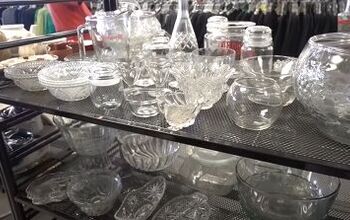



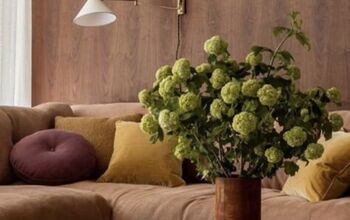


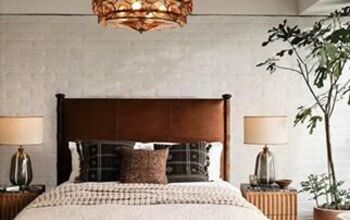



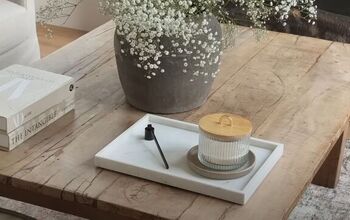
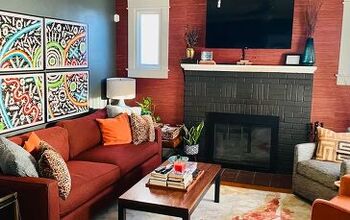

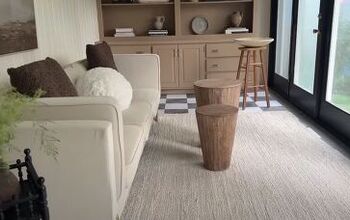
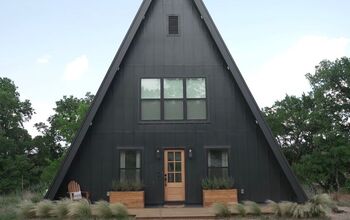
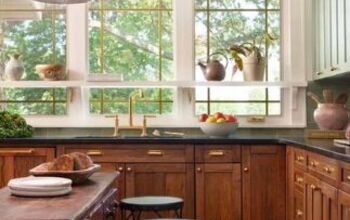
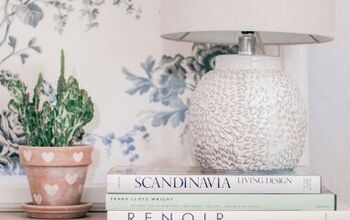
Comments
Join the conversation